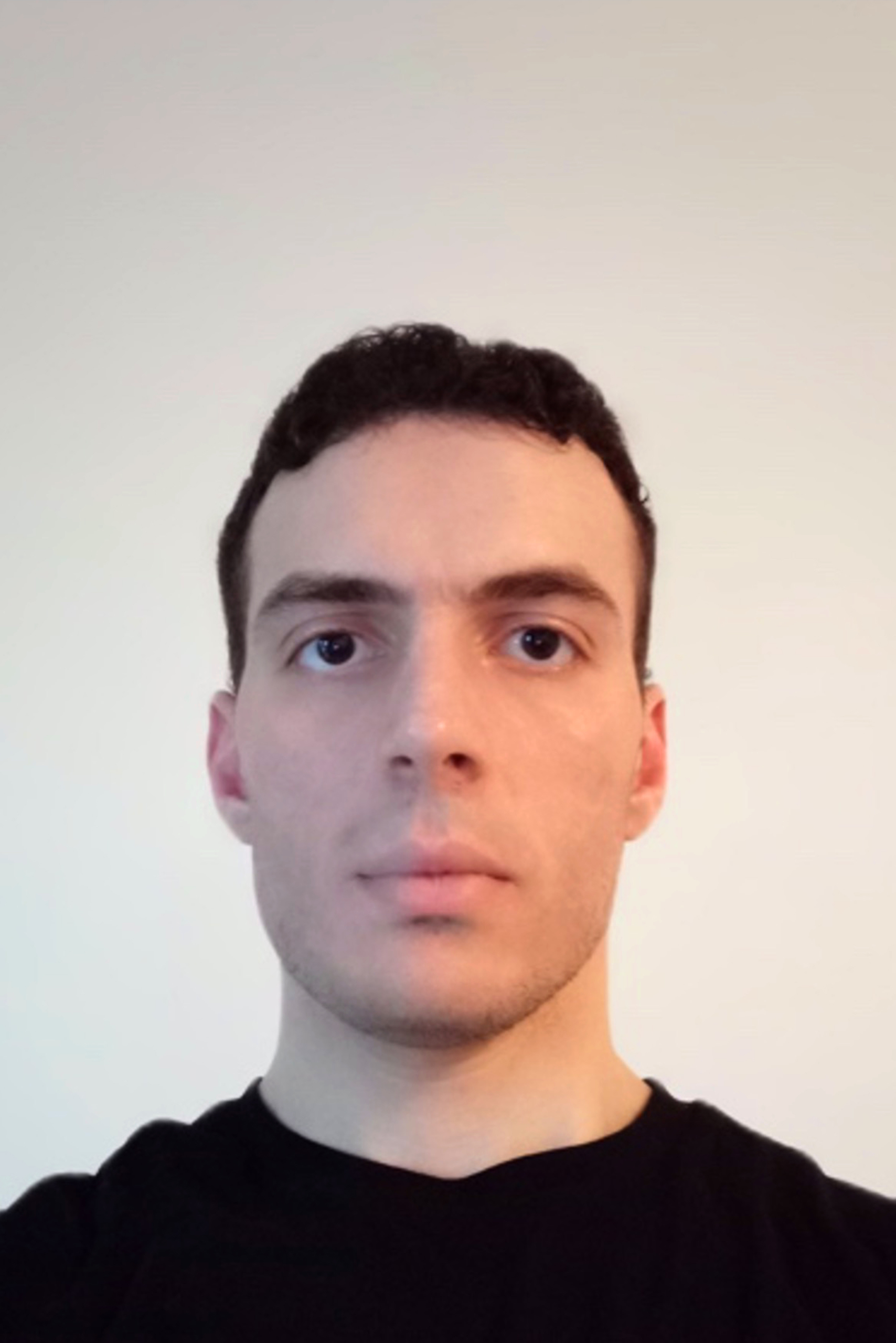Mahmoud Eltayieb
Finished his master’s degree on ’Integral Equation Methods for Controlled-Source Electromagnetic (CSEM) Modeling, Inversion and Time-Lapse Studies’. Working as a teaching assistant in signal processing and inversion and had field training on mud logging tasks. Team-player and good communicator.
MSc University of Bergen, Norway (Aug 2018 – Aug 2020)
BSc Mansoura University, Egypt (Oct2011 – June 2015)
Project Title: Joint seismic and electromagnetic monitoring system design and feasibility study for monitoring using stochastic inversion
Host Institutions: TU Delft, ETH Zürich, tbd
Supervisory Team: Guy Drijkoningen, Evert Slob, Hansruedi Maurer
Start date: 15.3.2021
ESR Objectives:
One objective is to design a capacitively coupled electrode acquisition system together with a multicomponent fibre-optic system that can be used inside a borehole. Composite casings allow such a design since such electrodes and fibres can be integrated within the composite casing. Composite casings are currently developed by Huisman Equipment BV and this company is an important partner in this project.
Another objective is to develop a monitoring system using stochastic inversion of seismic and electromagnetic measurements in the well and from the surface to the well in an urban environment. Both objectives will be implemented and applied as part of the DAPwell effort, with the long-term aim to be able to follow geothermal processes, such as the cold front.
This project and the ESR06 project will benefit greatly from cross-fertilization of each other’s findings.
Research Update
In geothermal well doublets, relatively cold water is injected through one well into a geothermal reservoir to produce hot water from the other well. The volume of the cold water around the injection well increases over time and results in a thermal breakthrough, which diminishes the economic benefit of geothermal energy. Thus, it is necessary to trace the time-lapse change in the volume of the cold water to monitor geothermal reservoirs efficiently. The electrical resistivity of the geothermal reservoir is found to change where the cold water is localized due to temperature change. In principle, the controlled-source electromagnetic (CSEM) method can be used to get information about such changes in electrical resistivity.
So far, I investigated the feasibility of monitoring a synthetic model of the Delft geothermal project (DAPwell) using CSEM forward modeling. In 1D numerical experiments, the optimal source frequency, as well as the optimal survey configuration, are investigated. In a 3D setting, I studied the change in the time-lapse electric field response due to various radii of the cold front. I also examined the optimal source receiver offset. Moreover, I investigated the influence of different sources of noise in addition to the borehole steel casing on the time-lapse signal.
The results suggest that monitoring the DAPwell geothermal reservoir using the land CSEM method is feasible. For future work, I am going to use a fluid flow model to build a more realistic geoelectric model and apply the methods developed to it.



 This project has received funding from the European Union’s Horizon 2020 research and innovati
This project has received funding from the European Union’s Horizon 2020 research and innovati